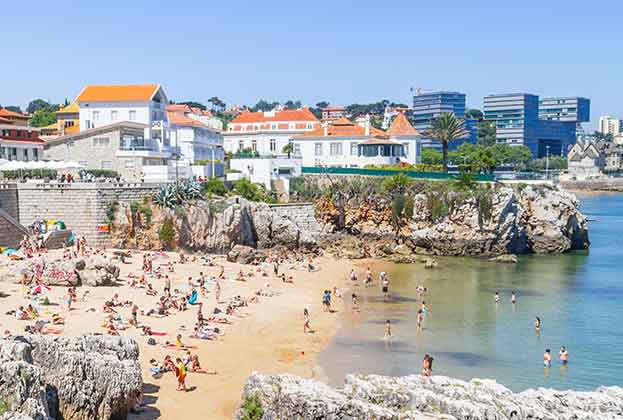The prime residential rental markets across key global cities, which typically have a higher share of international and corporate tenants, have suffered as demand has dropped as a result of the Covid-19 pandemic.
The Savills World Cities Index shows that the average prime rental values fell by 1.1 per cent in the six months to June 2020, against the 0.5 per cent fall seen in capital values.
While owners may hold onto their properties during a crisis if they do not need to sell, landlords are more likely to lower rental vales in order to keep their property occupied, in turn realising price falls.
Just seven cities saw rental values increase in the first six months of 2020. Seoul stands out with the highest rental growth, up 8.5 per cent, thanks to a unique leasing system, low interest rates combined with limited supply.
Amsterdam, Paris and San Francisco, whose rental markets are driven by tight supply, also saw a small rise in rental values. Meanwhile, other markets were driven by a change in demand during the pandemic, which was the case for Singapore. Here, there has been an increased demand for smaller prime units as the co-living providers fell out of favour with tenants in the current climate.
In the US, the demand for space has been a significant driver of rental values in other directions, as tenants looked for properties with more space away from densely populated areas. Miami and Los Angles benefited while demand in New York fell, where there is also an oversupply of properties.
Supply outstrips demand in a number of other cities, including Bangkok, Dubai and Mumbai which all saw prime rental values fall for the first of the year.
Sydney saw the largest fall in rental values, down 7.1 per cent. The market here is oversupplied and due to the pandemic, saw a fall in corporate tenants and short-term rental properties enter the long-term market, further worsening the supply and demand in balance.
These same factors also drove falls in other cities such as Cape Town and Moscow.
When it comes to yields, the average global prime residential yield has moved from a high of 3.8 per cent in December 2010 to 2.9 per cent in June 2020.
North American cities are the highest yielding region, with an average of 4.3 per cent in June 2020, up from a low of 4.0 per cent in June 2017 as rental growth outpaced capital value growth for the first time since 2014. Los Angeles is the highest yielding city in the index, with an average growth yield of 5.6 per cent.
At the other end, cities in Asia Pacific are the lowest yielding with an average yield of 2.0 per cent in June 2020. Yields have moved downwards over the past decade as capital value growth has outpaced rental growth, this is particularly true for cities in China which have seen some of the highest capital growth over the past decade.
European and Middle Eastern city yields average 3.4 per cent as of June 2020 and have been gradually declining over the past decade. Moscow and Dubai are the highest yielding cities in the region, with an average gross yield of 4.6 per cent.
The outlook for the prime rental markets in world cities will depend on a number of factors. The fragile short-term economic outlook is likely to dampen demand from corporate tenants but renters may come from new sources. The lockdowns have caused people to reconsider what they want from a home, including some deciding to relocate and rent in the short to medium term.
.jpg)




.jpg)

.jpg)


